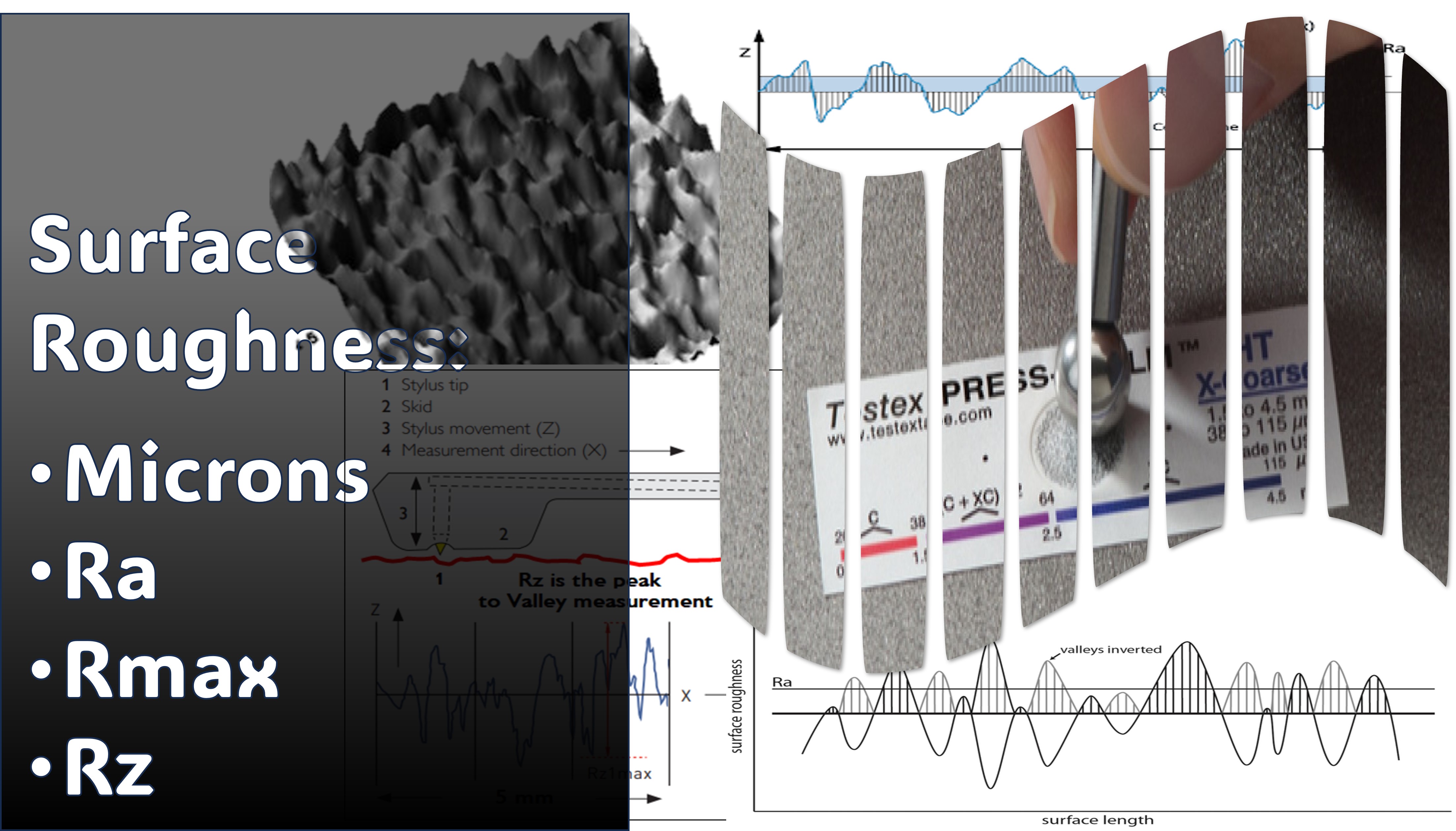Introduction:
Abrasive blasting stands as a foundational process with far-reaching applications, from heavy industries to artistic endeavours. Its pivotal role in surface preparation hinges on the attainment of an ideal surface profile. In this blog, we embark on an expedition into the complex world of abrasive blasting profiles, focusing intently on three crucial parameters: Ra (Average Roughness), Rm (Maximum Peak-to-Valley Height), and Rz (Average Maximum Roughness). However, the units (Ra,Rm,Rz) are rarely recommanded by some of the specification or client and the same relevency with abrasive blasting roughness has not been established. The same units are mainly utiliezed to check machine surface but here we have to breif due to various specification ask for and understanding is highly important for coating inspectors. These measurements wield immense significance, ensuring that the prepared surface is not just adequate but optimally primed for accommodating coatings. We will traverse their profound importance, differentiate their subtle differences, and immerse ourselves in the units employed for scrutinizing these profiles, all meticulously measured in microns.
Importance of Profile in Abrasive Blasting:
Within the tapestry of abrasive blasting, the importance of an impeccably prepared surface profile cannot be overstated. It is the bedrock upon which the success and longevity of protective coatings are constructed. The repercussions of an insufficient or inappropriate surface profile are profound, including premature coating failure, corrosion, and the potential for exorbitant maintenance costs. A meticulously prepared surface profile, on the other hand, ensures proper adhesion, guarantees coating integrity, and ultimately safeguards the underlying substrate. The importance of this aspect underscores the necessity for unwavering attention to detail in surface profiling.
Difference between Standard and Process:
To navigate the intricate realm of abrasive blasting profiles, it is essential to distinguish between surface profile standards and the dynamic realities of the blasting process itself. Standards, such as SSPC VIS 1 or ISO 8501-1, provide a blueprint of the pictorial reference for profile range to be achieved. However, the practical realization of these standards is subject to an array of variables intrinsic to the blasting process. Abrasive type, pressure, nozzle distance, operator technique, and environmental conditions all interplay to shape the actual profile achieved. To ensure alignment with project requirements, it becomes imperative to measure the surface profile post-blasting with meticulous precision. On the other hand, roughness unit Ra, Rm, Rz are also multiple industries are utilizing though it is mainly utilzing for checking of machined surface with stylus. Here, we will understand all these roughness unit in detail.
Checking Unit Detailed Understanding (Microns, Ra, Rm, Rz):
Microns:
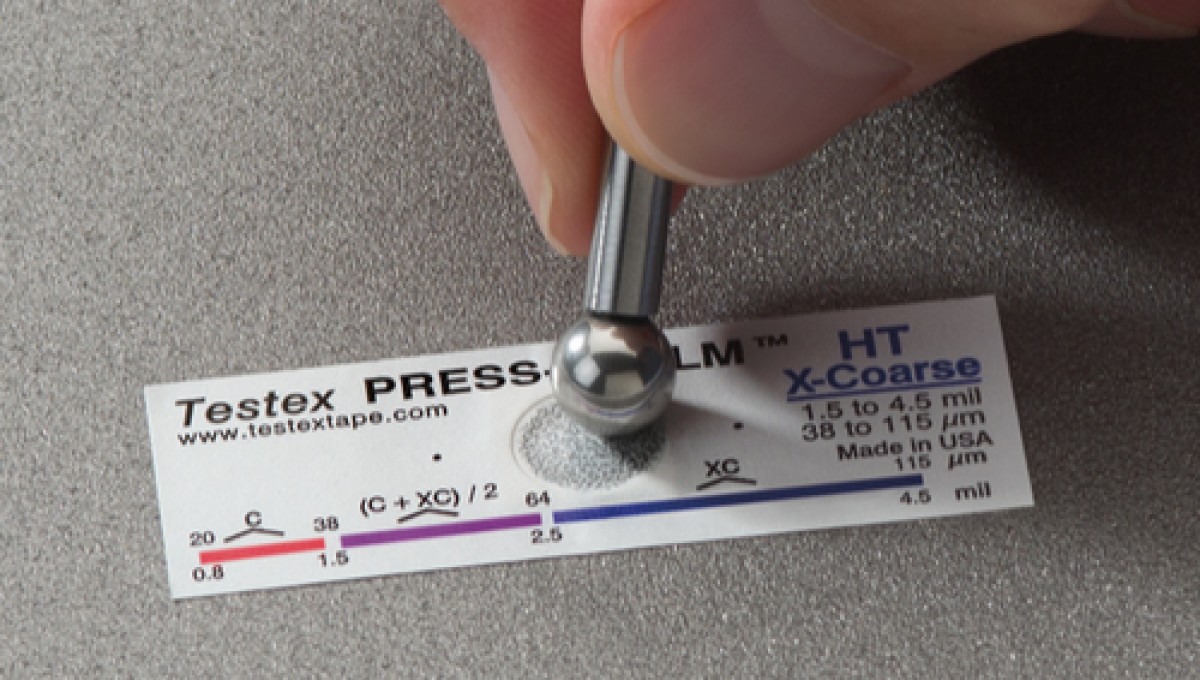
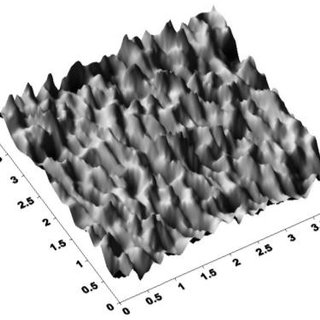
Denoted as µm, emerge as the quintessential metric for quantifying surface profiles in abrasive blasting.
This unit of measurement represents a minuscule length, precisely one-millionth of a meter, offering an infinitesimal yet incredibly accurate measure of surface irregularities.
Symbolized as µm, play a pivotal role in quantifying surface profiles in abrasive blasting, serving as the standard unit of measurement for this purpose. To put its precision into perspective, a micron is an astonishingly minute length, equivalent to just one-millionth of a meter. This extreme level of granularity is instrumental in offering an incredibly accurate measurement of surface irregularities. It allows professionals to discern even the most subtle variations in the surface texture, which is crucial in achieving the desired coating adhesion and performance.
Ra (Average Roughness):
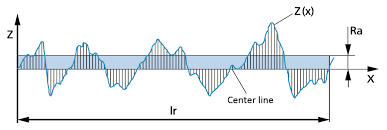
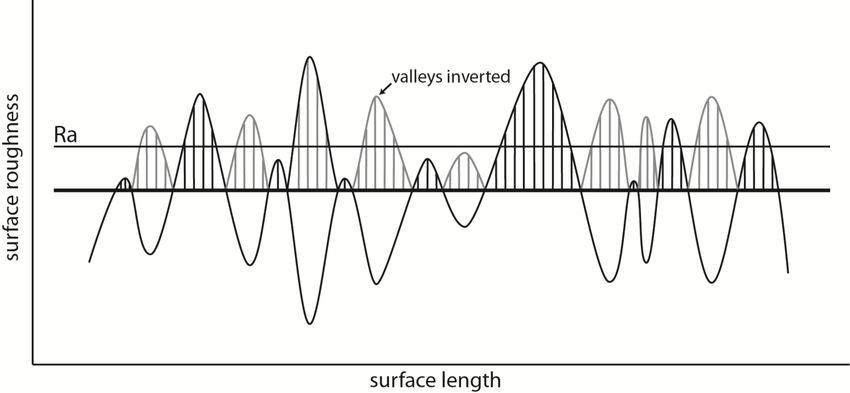
Ra, frequently the front-runner parameter in surface roughness assessment, derives from the arithmetic average of the absolute values of surface deviations within a specified measuring length.
It serves as a benchmark of the average roughness, offering a quantitative assessment of the texture of the blasted surface. This facilitates comparisons with stringent coating manufacturer requirements.
Ra, often leading the pack in surface roughness assessment, is derived from the arithmetic average of the absolute values of surface deviations found within a specified measuring length. This parameter serves as a fundamental benchmark for quantifying the average roughness of a blasted surface. It provides a quantitative evaluation of the texture of the surface, enabling professionals to gauge its smoothness or roughness with precision. Ra is invaluable when it comes to aligning the surface profile with the stringent requirements set by coating manufacturers. By ensuring that Ra values meet the specified criteria, professionals can enhance the adhesion and longevity of coatings, preventing issues like delamination and corrosion.
Rm (Maximum Peak-to-Valley Height):
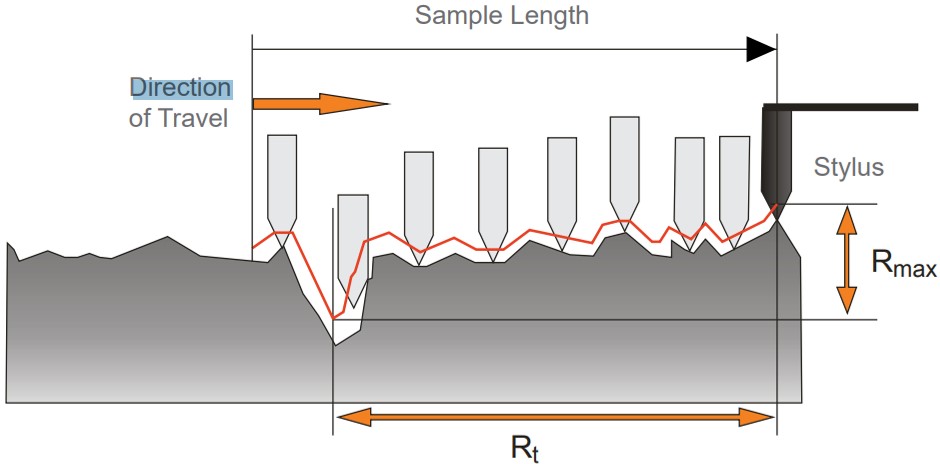
Rm embodies the measurement of the maximum height difference between the highest peak and the lowest valley contained within the surface profile.
It stands as a sentinel for identifying the most conspicuous irregularities on the surface, providing a quantifiable measure of the overall depth of the profile.
Rm, often referred to as the "Maximum Peak-to-Valley Height," plays a pivotal role in characterizing surface profiles in abrasive blasting. This parameter is all about identifying the most prominent irregularities within the surface profile. It measures the maximum height difference between the highest peak and the lowest valley present on the blasted surface. By doing so, it serves as a sentinel for detecting and quantifying the most conspicuous surface irregularities. Rm's quantification of the depth of these irregularities provides essential information for coating professionals, helping them understand the overall texture and ruggedness of the surface. This insight is crucial for selecting and applying coatings that can effectively adhere to and protect the substrate.
Rz (Average Maximum Roughness):
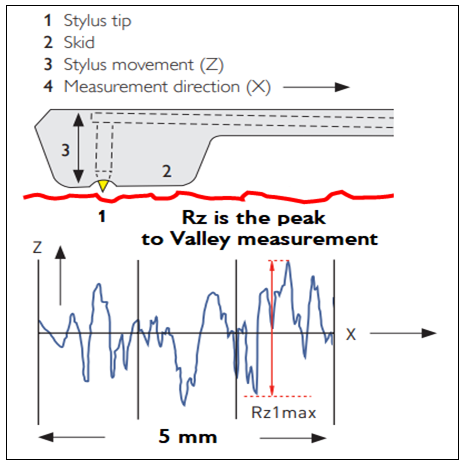
Meticulously calculated as the average of the five highest peak-to-valley measurements within a predetermined sampling length, emerges as a comprehensive parameter for surface roughness evaluation.
This parameter adopts a panoramic perspective, encapsulating the most prominent peaks and valleys, rendering a holistic understanding of the surface texture.
Rz, calculated meticulously as the average of the five highest peak-to-valley measurements within a predetermined sampling length, emerges as a comprehensive parameter for evaluating surface roughness. Unlike Ra, which focuses on the arithmetic average of all deviations, Rz casts a wider net by considering the most significant peaks and valleys on the surface. This panoramic perspective offers a holistic understanding of the surface texture, taking into account the most pronounced irregularities. Rz is particularly valuable when dealing with surfaces that exhibit varying levels of roughness and where the presence of isolated, deep peaks and valleys could impact coating adhesion and overall performance. By measuring Rz, professionals gain a more complete picture of the surface's topography, enabling them to make informed decisions about coating selection and application techniques that are best suited to the surface conditions.
Conclusion:
The profound world of abrasive blasting profiles reveals its true potential when one comprehends the intricacies of surface profiling. These profiles are not merely the gateway to successful coatings but the guardians against costly rework and ongoing maintenance. While standards serve as guiding stars, it is the dynamic, living process of blasting that transforms these standards into tangible, real-world results. By harnessing units such as Ra, Rm, and Rz, measured with meticulous precision in microns, industry professionals can rise above mere compliance and deliver coatings that exceed performance expectations. This, in turn, ensures the long-term protection and sustainability of a wide array of substrates.
understanding the units used for checking abrasive blasting profiles, including microns, Ra, Rm, and Rz, is essential for achieving the desired surface quality in various applications. Microns provide the precision needed to quantify even the smallest surface irregularities. Ra offers a quantitative assessment of average roughness, ensuring compliance with coating manufacturer requirements. Rm helps identify and measure the most prominent surface irregularities, while Rz provides a comprehensive view of surface texture by considering the largest peaks and valleys. Together, these units empower professionals to optimize surface preparation and coating processes, ultimately leading to enhanced performance and durability of coatings on a wide range of substrates.
For More Details, Contact BG Group of Paint and Coating Consultants:
For personalized guidance, an unparalleled wealth of expertise, and comprehensive assistance in optimizing abrasive blasting profiles tailored to the unique demands of your projects, we cordially invite you to connect with BG Group of Paint and Coating Consultants. Our seasoned professionals are revered specialists in the realm of surface preparation and coating solutions. We are committed to empowering you with the highest standards of surface quality and coating performance, and we stand ready to embark on this transformative journey with you. Your success remains our unwavering commitment.

